01/03: National Monuments
Category: General
Posted by: The Agnew Family
Today we visited two national monuments and one national forest site. The first site was Montezuma's Castle National Monument. The site was incorrectly named for the Aztec emperor Montezuma as he had nothing to do with the Indians in this area and in fact had not been born when this site was built. The cliff dwellings were built by the Pre-Columbian Sinagua people and was occupied from approximately 1125-1400 AD.
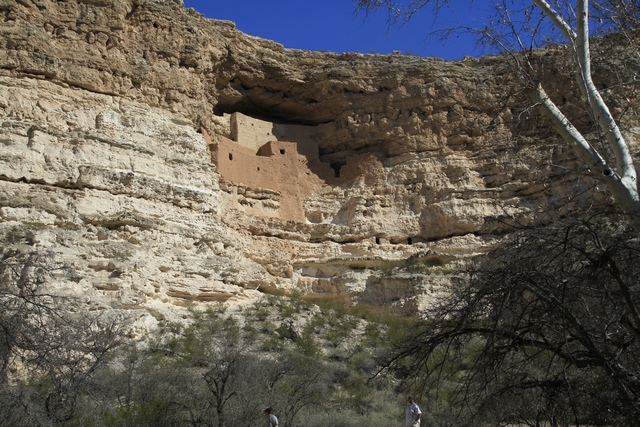
There are two dwelling sites here. The larger one has crumbled over time with only a few walls remaining. This one was found fairly intact over 60 years and with some maintenance remains in good shape.
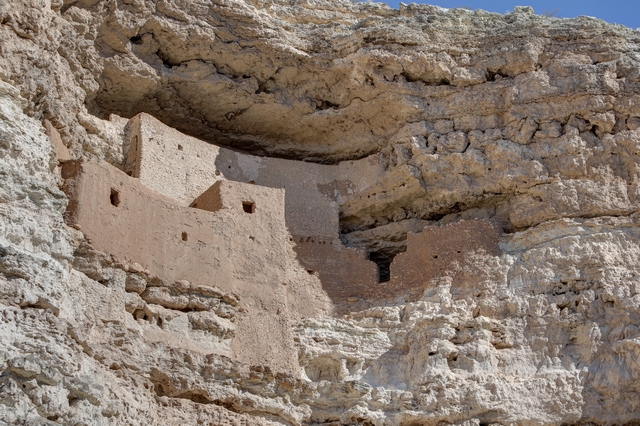
A close up view.
The second stop was Montezuma's Well National Monument. Again Montezuma had nothing to do with the well. Formed long ago by the collapse of a limestone cavern, over 1.5 million gallons of water a day flows continuously into the Well. The constant supply of warm, 74 degree water was the life-blood of the people who made their home here. The water enters a "swallet" and flows through over a hundred feet of limestone before re-emerging from the outlet into an irrigation ditch on the other side.
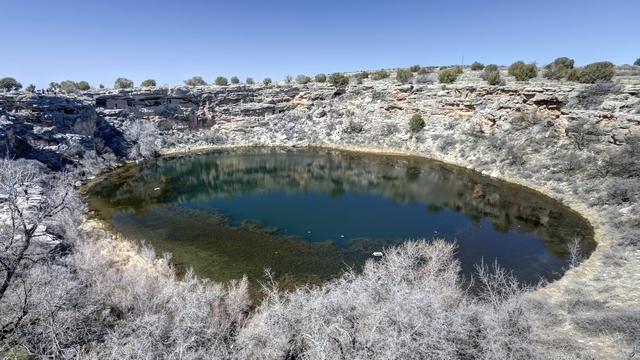
The well.
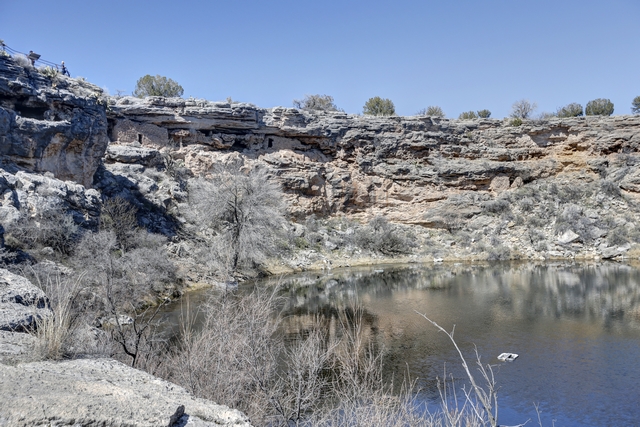
Down by the water looking up at the cliff. There are cliff dwellings here as well as a cave by the water's edge.
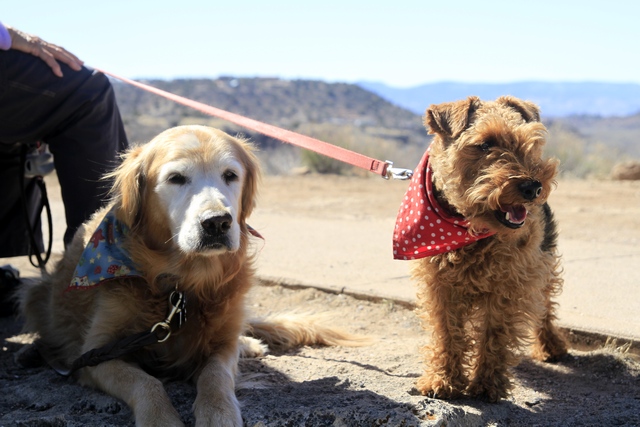
Zaph and Cait relaxing.
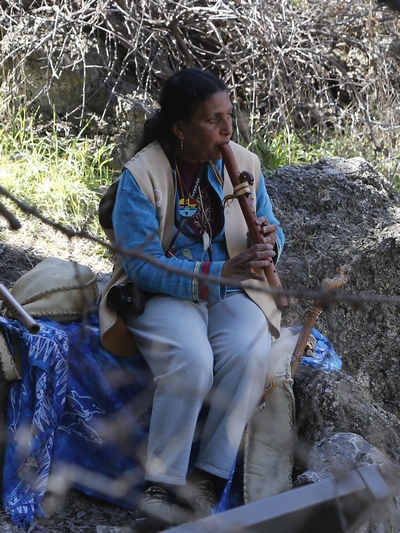
This woman enjoys playing her flute by the well. Ed and John spoke to her and found out she is an East Indian and makes her home in Penetanguishene Ontario --- not too far from us.
Last stop was the V Bar B Heritage Site. Acquired by the Coconino National Forest in 1994, the site is protected and kept open to the visiting public. The volunteer on duty at the site was very informative and answered all of our questions.
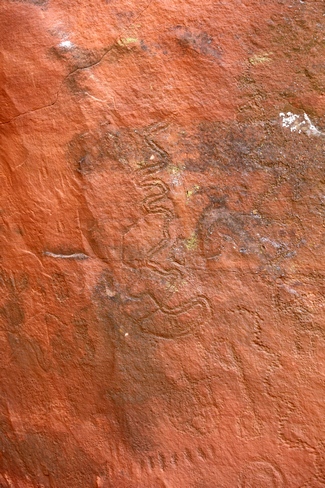
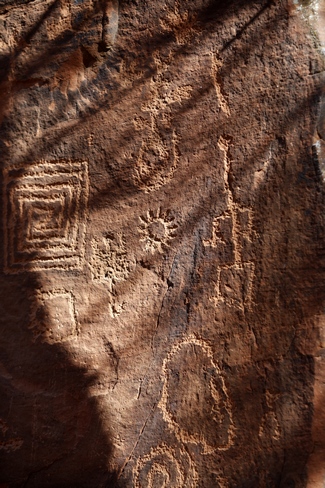
There are at least two distinct periods of petroglyphs at this site. The photo on the left shows petroglyphs from at least 1000 years ago as desert varnish covers the carving. The photo on the right is of petroglyphs made between AD 1150 and 1400 as the carved area is free of desert varnish. Desert varnish is created by manganese-oxidizing microbes and takes about 1000 years to cover the rock, at least according to the volunteer.



Having fun with mom's hat.

There are two dwelling sites here. The larger one has crumbled over time with only a few walls remaining. This one was found fairly intact over 60 years and with some maintenance remains in good shape.

A close up view.
The second stop was Montezuma's Well National Monument. Again Montezuma had nothing to do with the well. Formed long ago by the collapse of a limestone cavern, over 1.5 million gallons of water a day flows continuously into the Well. The constant supply of warm, 74 degree water was the life-blood of the people who made their home here. The water enters a "swallet" and flows through over a hundred feet of limestone before re-emerging from the outlet into an irrigation ditch on the other side.

The well.

Down by the water looking up at the cliff. There are cliff dwellings here as well as a cave by the water's edge.

Zaph and Cait relaxing.

This woman enjoys playing her flute by the well. Ed and John spoke to her and found out she is an East Indian and makes her home in Penetanguishene Ontario --- not too far from us.
Last stop was the V Bar B Heritage Site. Acquired by the Coconino National Forest in 1994, the site is protected and kept open to the visiting public. The volunteer on duty at the site was very informative and answered all of our questions.


There are at least two distinct periods of petroglyphs at this site. The photo on the left shows petroglyphs from at least 1000 years ago as desert varnish covers the carving. The photo on the right is of petroglyphs made between AD 1150 and 1400 as the carved area is free of desert varnish. Desert varnish is created by manganese-oxidizing microbes and takes about 1000 years to cover the rock, at least according to the volunteer.



Having fun with mom's hat.